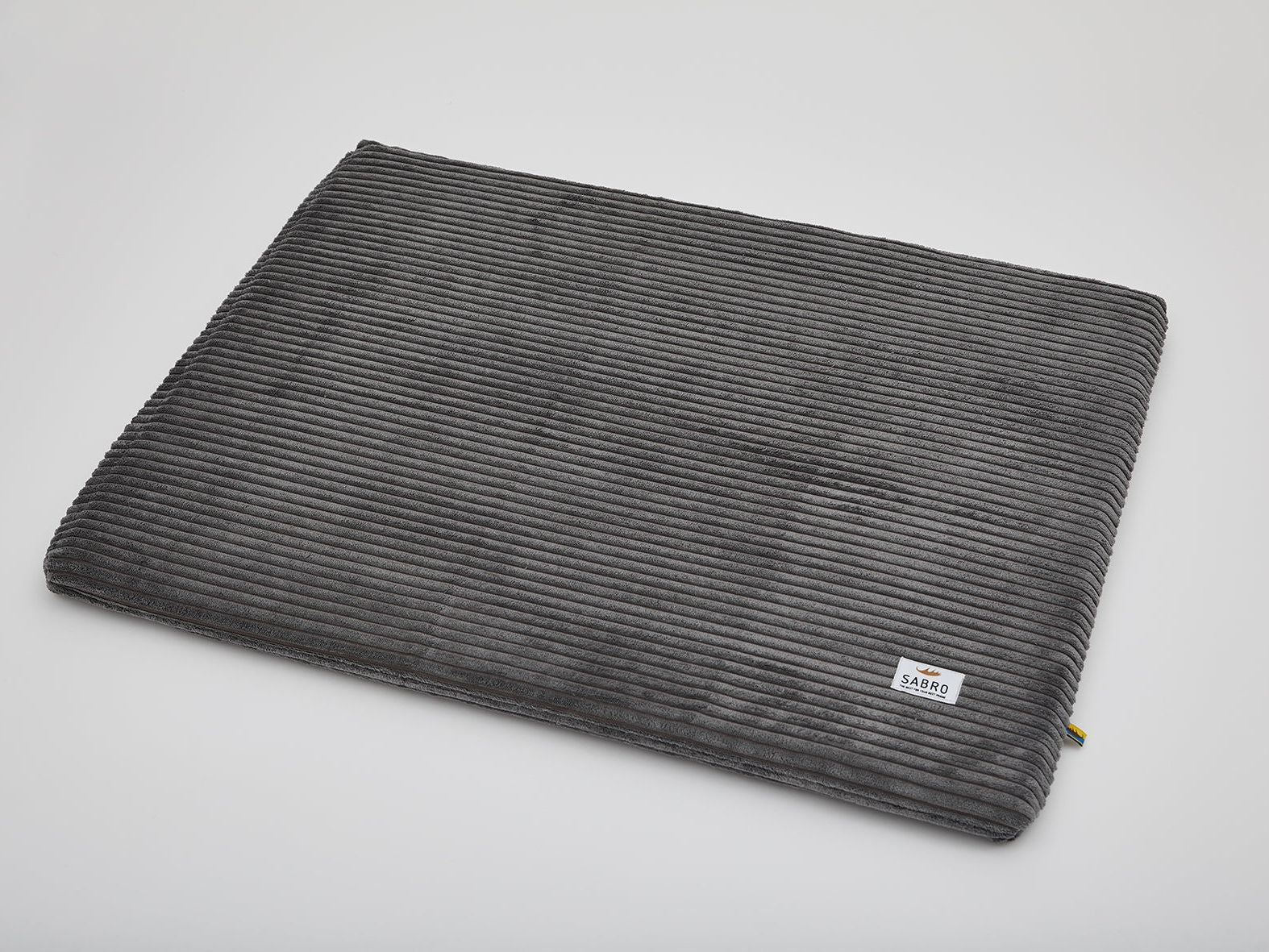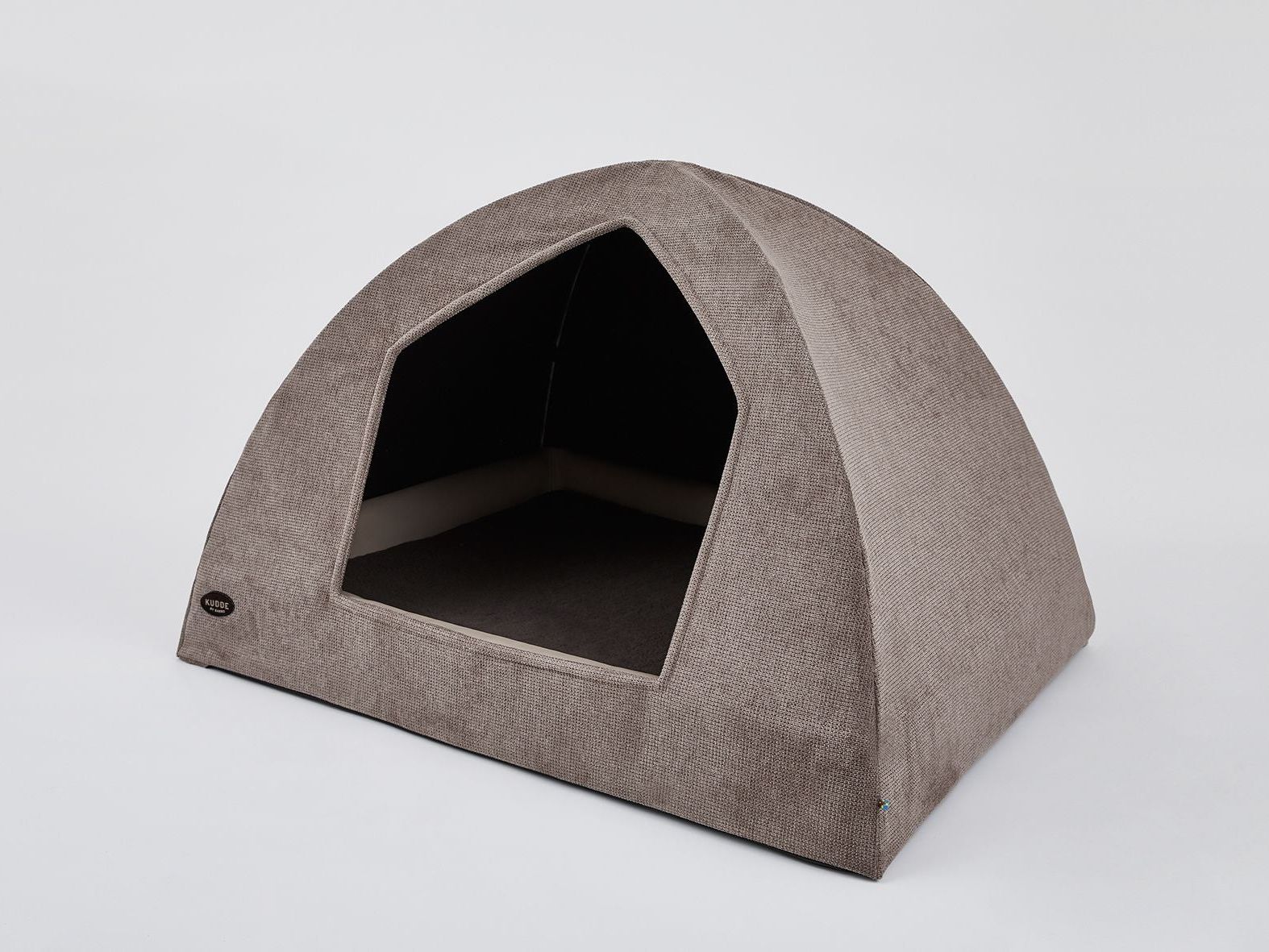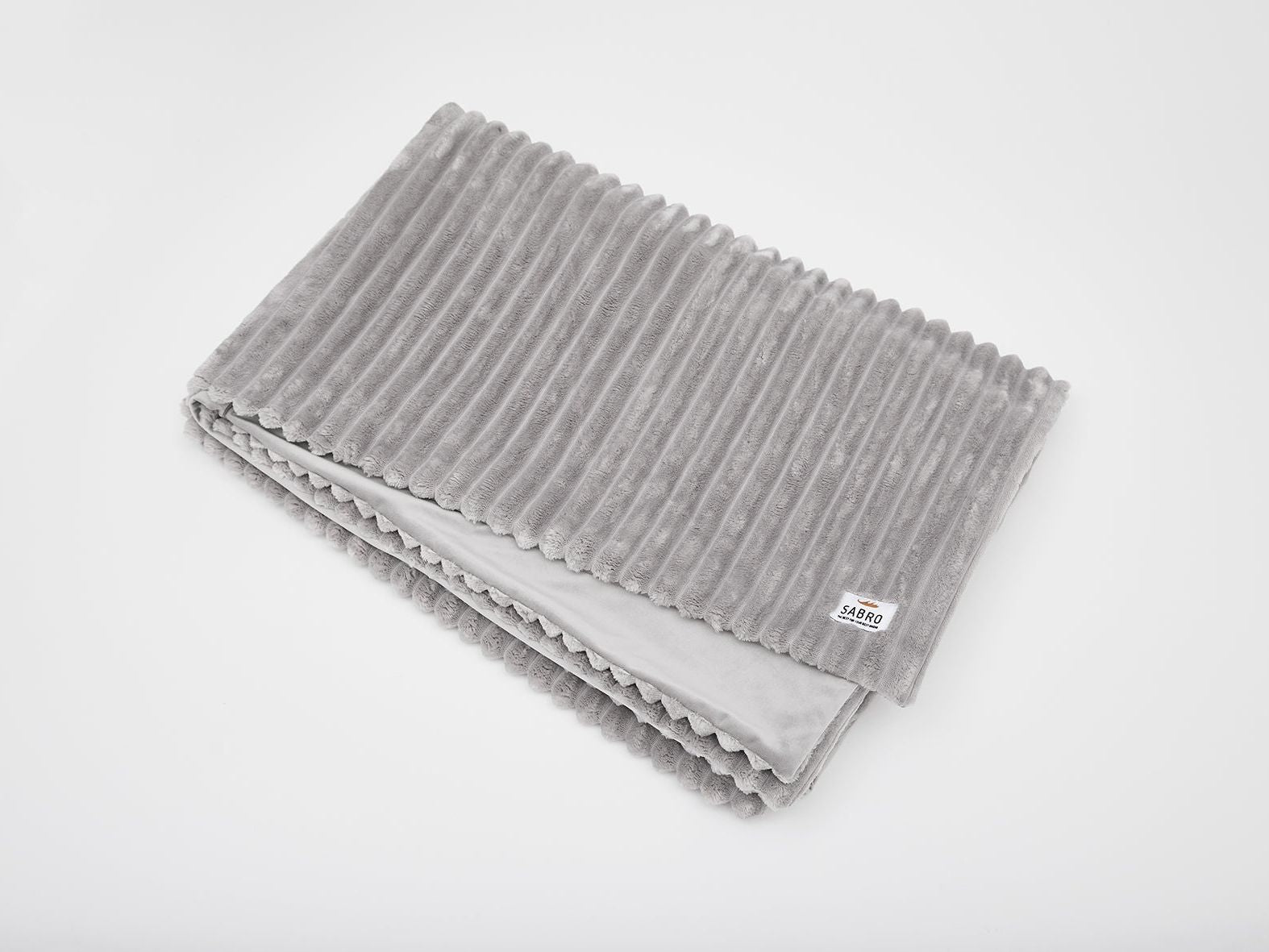Summer is a wonderful time to be outdoors and enjoy nature to the full. But unfortunately, the warmer temperatures also bring unwelcome companions out of hibernation: ticks. They are annoying and dangerous parasites that can pose a threat to both you and your four-legged friends.
In this blog post, we would like to explain why ticks are dangerous, how you can protect yourself and your pets and what to do if you discover a tick.
Why are ticks actually dangerous?
Ticks are not only unpleasant, but also dangerous, as they can transmit various diseases. The best known and most widespread disease transmitted by ticks is Lyme disease. It can lead to serious joint, nerve and heart diseases. In addition, ticks can also transmit tick-borne encephalitis (TBE), babesiosis, anaplasmosis and other dangerous diseases that can have serious consequences for both you and your pets.
How can you protect yourself and your furry friend?
The best precaution against ticks is to minimize contact with these parasites.
Here are some tips on how to protect yourself and your dogs on outdoor adventures:
- Tick repellent: Use special tick repellents for your dogs and yourself. There are various forms, such as spot-ons, sprays and collars, that can provide an effective defense. Ask your vet or doctor which product is best for your dogs and your family.
- Tick-avoiding environment: Try to avoid walking through tall grass or dense bushes, especially in tick-rich areas. Stay on paths and trails to reduce the risk of tick bites.
- Check after spending time outdoors: After a walk or spending time outdoors, you should check both your dogs and yourself for ticks. Ticks often hide in warm and moist areas such as the armpits, ears, between the toes and the groin area.
- Tick protective clothing: If you are in tick-rich areas, wear light-colored, long-sleeved clothing and light-colored pants to make ticks easier to spot and remove quickly.
What should you do if you discover a tick?
If you discover a tick on yourself or your four-legged friend despite taking all precautions, it is important to remove it as quickly and gently as possible. The longer you wait, the higher the risk of infection. We recommend the SABRO tick card for proper removal.
With our tick card, you can remove ticks of various sizes quickly and easily without squeezing them. Gently slide the card with the notch over the skin and under the tick. Once you have the tick in the notch, slide the card further over the skin in a smooth, gliding motion and remove it. Make sure that no residue is left behind to minimize health risks. You should continue to observe the bite site for some time after the tick has been removed. If you are unsure whether you have removed the tick correctly or if you notice symptoms in yourself or your four-legged friend, it is advisable to consult a (veterinary) doctor. The doctor can assess the situation and provide the necessary treatment.
Important: Only use suitable tools to remove ticks, such as our tick card, to prevent an increased risk of infection.
What you should always bear in mind after a tick bite:
- Early treatment: If you notice signs of infection in yourself or your dog after a tick bite, such as flu-like symptoms, fever, joint pain or redness around the bite site, consult a (veterinary) doctor immediately. Early diagnosis and treatment can prevent serious consequences.
- Take tick bites seriously: Tick bites should never be underestimated. Even if a tick is removed in time, it may have already transmitted pathogens. Monitor the bite and your health closely and do not hesitate to seek medical help if you suspect an infection.
Our message to you:
Although ticks are a potential danger, they should not stop us from enjoying nature and spending time with our four-legged friends to the full. With the right precautions and attention, we can protect ourselves and our beloved companions from tick bites and react quickly in an emergency.
Use the recommended preventive measures, ensure regular checks after outdoor activities and use the right tools to remove ticks if necessary.
Remember that you are not alone - many dog owners and nature lovers face similar challenges. Also inform your friends and family about the dangers of ticks and explain to them how to protect themselves from them.
With this in mind, we wish you and your four-legged friend many wonderful adventures in the great outdoors. Stay safe, be careful and enjoy the wonderful outdoors - tick-free!








